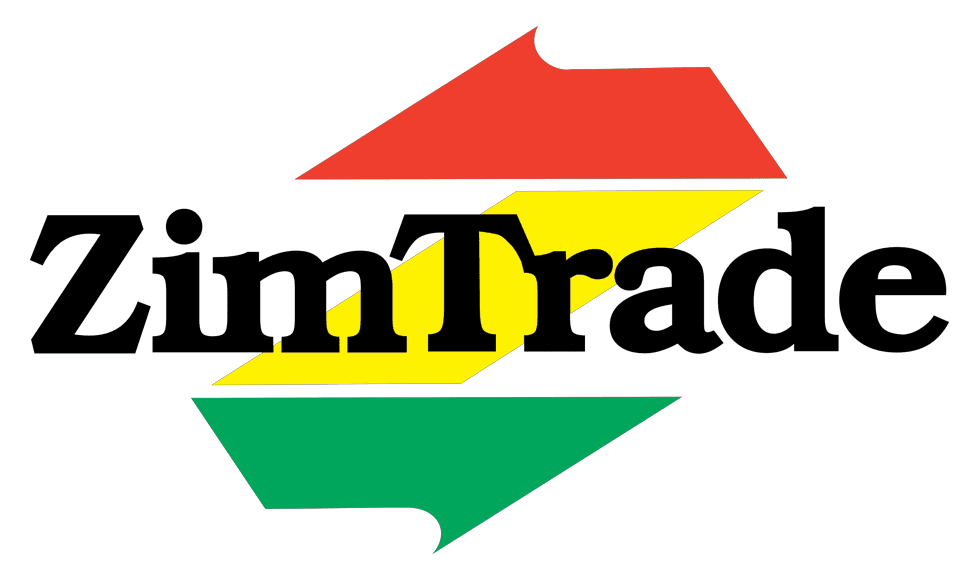Zimbabwe has a strong culture and heritage, that has been shared with the rest of the world through trade and other practices for centuries.
By no doubt, the Zimbabwe’s rich culture and heritage presents a unique opportunity for the country to connect with the rest of the world, share its diversity, experiences, and tell a positive story.
In recent years, there has been spirited efforts by President E.D Mnangagwa’s Second Republic to ensure cultural practices are transformed into meaningful economic gains, especially through arts and crafts.
Speaking recently during the culture month commemorations held in Binga, Matabeleland North, President Mnangagwa challenged young people to partake in cultural activities that can be transformed into products and services.
“The youths are encouraged to participate in Culture Month Celebrations, especially that activities around this event can be transformed into viable commercial products and services.
“This sector has the potential to absorb a sizeable number of our talented youth across the Culture and Creative Industry’s value chain,” he said.
This renewed focus on the arts and crafts sector by the Second Republic is bearing positive fruits, with sustained export growth from the sector this year.
The arts, creative, and cultural industries have proven to be a strategic area, with the potential to make a significant contribution to national exports if provided with the necessary support.
When looking at the figures, exports of arts and crafts sector exports have increased by 24 percent between January and April this year, when compared to the same period last year, from US$2,6 million to US$3,3 million.
Although the figures might look small, the jump in increase signifies potential for the sector to perform better, if more opportunities are unlocked and direct market linkages are created.
Currently, major export products from the sector include original sculptures and statuary, in any material and Collections and collector’s zoological pieces.
Major markets include Europe, Middle-East, and Asia, and there are indications of growing appetite in regional markets such as Namibia, and South Africa.
Growing more exports
Zimbabwe has always had a good reputation in export markets when it comes to art products like stone and metal sculptures as well as handicraft products, such as baskets.
For a long time, stone sculptures have defined the Zimbabwe’s offerings to the world, with artists like Dominic Benhura and Agnes Nyanhongo positioning themselves uniquely in international markets through provision of products that are of high quality and consistent standards.
Zimbabwe’s offerings such as basket weaving, wood carvings, metal sculpting, music and performing arts have been gaining traction in international markets, particularly in Asia and Europe.
Products from the arts and crafts sector have been reaching regional and international markets such as South Africa, Namibia, Europe, Japan, China, United Arab Emirates, and Singapore.
To further grow exports from the sector, local producers can ride on this reputation to export their products to new markets and increase the contribution of the arts and crafts sector to the economy in general.
Already, the Government has committed to ensure that creatives are supported so that they can grow in national importance and economic value.
For example, Cultural and Creative Industries Strategy (2020-2030) currently under implementation is targeted at strengthening and transforming the creative industry at all levels to improve their contribution to inclusive sustainable economic growth and development.
This, along with complementary projects from various stakeholders, will go a long way in improving the sectors contribution to national exports.
For example, ZimTrade – the national trade development and promotion organization – has initiated various trade promotional and development projects that have contributed to the increase in exports from the sector.
Earlier this year, ZimTrade facilitated for participation of local players at the Ambiente Trade Fair in Germany, which is one of the largest exhibitions for arts and crafts in Europe.
The first-time participation of local companies at the largest arts and crafts fair in Germany allowed them to create stronger and direct linkages between local creatives and buyers in international markets.
There is need for further support to local artists to ensure they continue participating at international trade fair, as this will unlock direct access to markets.
ZimTrade is also developing export clusters for arts and crafts sectors in provinces such as Masvingo, and Matabeleland North to develop capacities of producers.
These are just a few of the interventions that can be channeled towards growing exports from the sector.
Utilizing online platforms
To ensure continued export growth and improved visibility in international markets, local artists need to take up space and engage in online platforms specific to the sector.
With the increase of online trade, registering on online trade platforms is a necessary strategy to increase visibility of products and sales.
Some of good online platforms include Etsy, Amazon, Kitoko London, among others.
Local players can also make use of Zimbabwe’s export-focused platform, Shop@Zim, which was designed to link local exporters with international buyers.
The platform, which is being marketed at major international exhibitions and business linkage programme, makes it easy for buyers to locate specific suppliers from Zimbabwe.
These platforms accommodate art and crafts according to how they would fit in the different markets, depending on how they will reach the destination.
Participating on online art galleries such as Picasso Artists and Art Talent Fair showcases can also boost the industry and give more recognition to artists.
Linkages with diaspora and marketing agencies
Stronger linkages between local artists and Zimbabweans based in the diaspora play a critical role in promoting Zimbabwean arts and crafts in the same way they do for foods and other manufactured goods.
Networks that endeavor to direct foreign currency into the various creative industries through collaborations, creations and innovations must be promoted.
When looking for promoters of local pieces in international markets, the diaspora communities must be included.
This will not only ensure a ready market for local artists but also increase the penetration of local cultures in international markets, which in turn will stimulate growth for creative industry in Zimbabwe.
There is also need for artists to establish working relations with reputable marketing agents in international markets, who will help push local products in hard-to-reach markets.
A good marketing agent will also be a useful tool for artists to improve on external factors like packaging products and services in an attractive manner for desired markets.
Marketing agents also assist artists to gain clientele and perspective into market requirements and preferences.
The music industry has managed to succeed in this area with agents/managers attaining collaborations with artists from the region and beyond.







